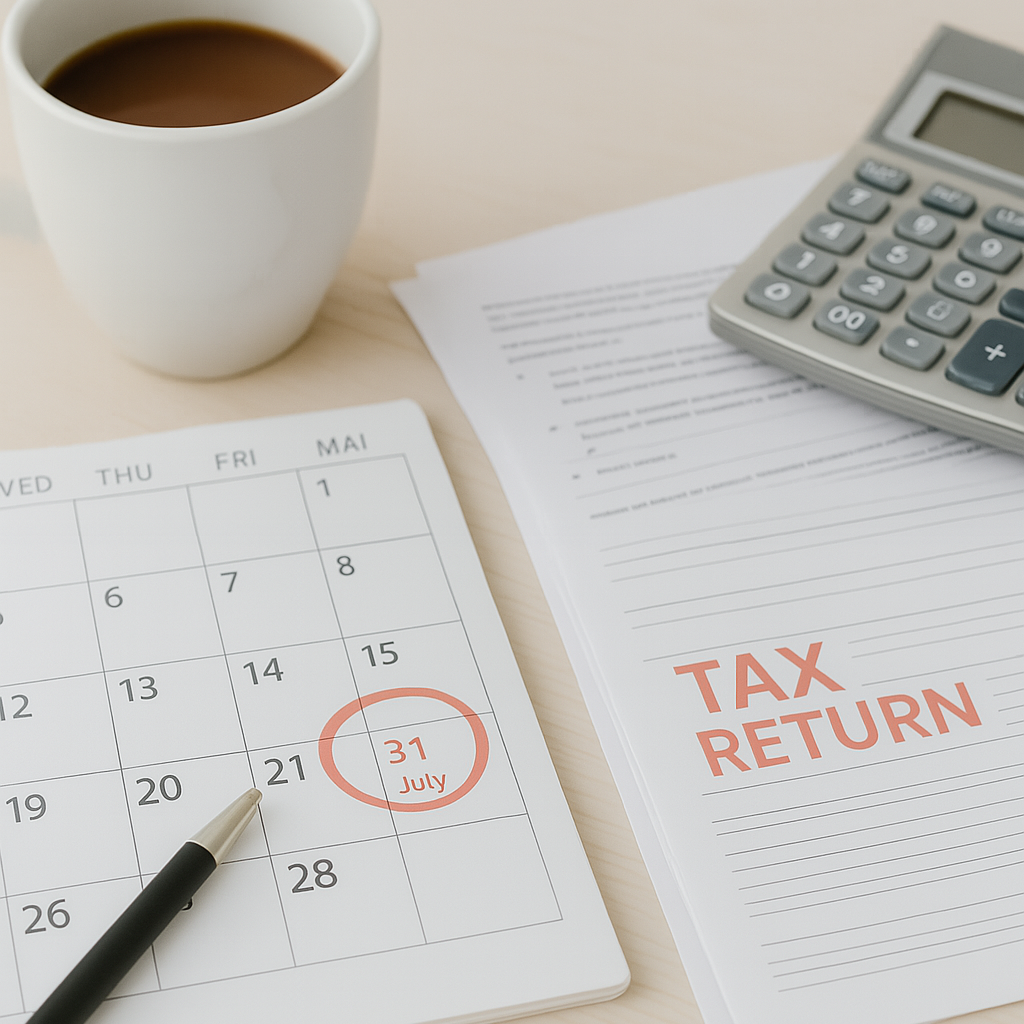Identity Verification at Companies House – why is this being introduced and what do I need to do?
Have you ever been a victim of identity fraud? It’s very unpleasant, can cause financial hardship and always causes distress. My own son himself found out that he had been appointed a Director of a bogus Limited Company with no knowledge! I have also included a guide further down as to what to do if you find yourself in this unfortunately situation.
From 18 November 2025, all company directors and people with significant control (PSCs) will be legally required to verify their identity at Companies House. Its primary aim is to prevent misuse of UK companies, namely fraud, money laundering, illicit financial activity, and concealment of ownership. The requirement helps ensure individuals registered as directors or PSCs (Persons with Significant Control) are genuine, not fictitious or fraudulent identities.
Why are these changes happening?
The new measures are certainly a good safeguard to avoid innocent individuals being taken advantage of. Fraud and false entries have been a persistent problem, including cases of fictional directors like “Darth Vader” or “Santa Claus.” The Identity Verification (IDV) system will help to reduce such abuse. It’s also intended to improve data quality, helping users of the register, such as investors, banks, and regulators, make informed decisions.
The move also fits within global trends of combating shell company abuse and boosting beneficial ownership transparency which does prevent financial crime through identity clarity.
However, it does require some necessary administration in completing the verification Here’s a guide to help you comply:
How to Complete Verification
Two Main Routes:
- Directly via Companies House using GOV.UK One Login
- Free and online.
- Requires a government-issued photo ID (e.g., biometric passport or driving licence), a selfie, or bank statement for identity confirmation.
- Through an Authorised Corporate Service Provider (ACSP)
- These include accountants, solicitors, formation agents etc., supervised under UK Anti-Money Laundering regulations, and approved by Companies House.
- ACSPs conduct the ID check and submit on your behalf.
Once verified, individuals receive a personal code from Companies House, reusable across all company roles.
I have used the first route myself and it was relatively easy and did not take much time.
What If You Don’t Comply?
It will be Illegal to act as a director or PSC without completing verification by the relevant deadline.
- Companies may be prevented from filing documents, face financial penalties, director disqualification, and even company dissolution.
- Enforcement will include annotations on the register, rejection of filings, and fines.
- Some third-party providers are charging between £45–£250, despite the process being quick and free via One Login.
What You Can Do Now
- Verify early, especially if you’re a director or PSC. It's quick via GOV.UK One Login.
- Confirm your confirmation statement dates, which will determine your deadlines. After 18 November, the Companies House register will show upcoming due dates.
- Ensure your company’s registered email is up to date to receive guidance, reminders, and notices from Companies House.
What Can I do if my name has been used fraudulently as a Company Director?
1. Confirm the Details
- Check the entry on the Companies House register using their free webcheck service.
- Download the filing history and director details to confirm where and how your name has been used.
- Note the company number, filing date, and any associated documents.
2. Report the Fraud to Companies House
- Email: integrity@companieshouse.gov.uk providing the following details:
- Your full name and contact details
- The company number and name
- Copies/screenshots of the record showing your name
- A statement that you have no connection to the company
Companies House has a dedicated team handling such “identity misuse” cases. They can annotate the register to flag the record as potentially fraudulent while they investigate.
3. Report to Action Fraud
- Go to Action Fraud (the UK’s national reporting centre for fraud).
- File a report of identity theft/corporate identity fraud.
- You will get a crime reference number, which may help if you need to dispute financial or credit implications later.
You can take further action such as considering a Protect Statement, protecting yourself against wider identity theft and even seeking legal advice.
MPower is not an ACSP so we can’t conduct the ID check and submit on your behalf. However, we are available to guide you through the process of completing the identity verification at Companies House so please do contact us if you need a helping hand.









